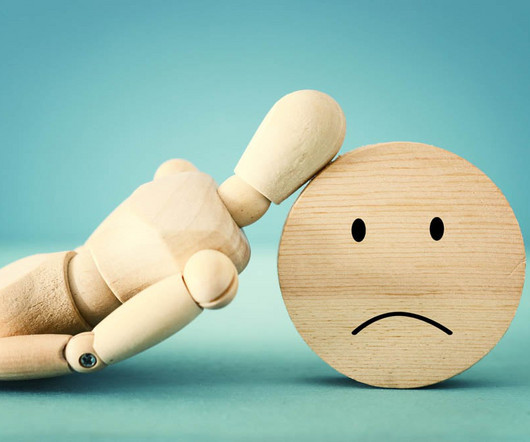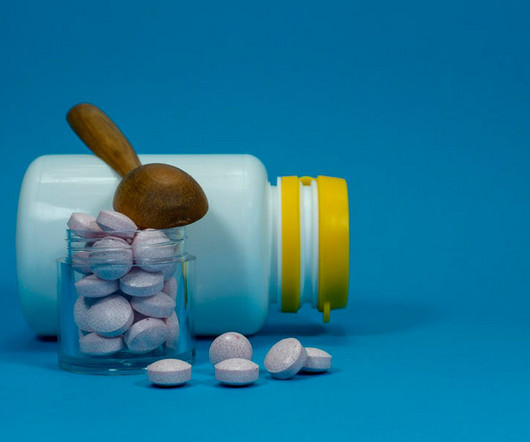You Have the Legal Right to Informed Consent
Mad in America
DECEMBER 6, 2023
I didn’t know that I had the legal right to informed consent when I was first prescribed the SSRI (selective serotonin reuptake inhibitor) antidepressant Paxil two decades ago. Although this was a medical malpractice case, Andy Vickery is no stranger to setting legal precedents. I just “blindly trusted” my family doctor.

















Let's personalize your content